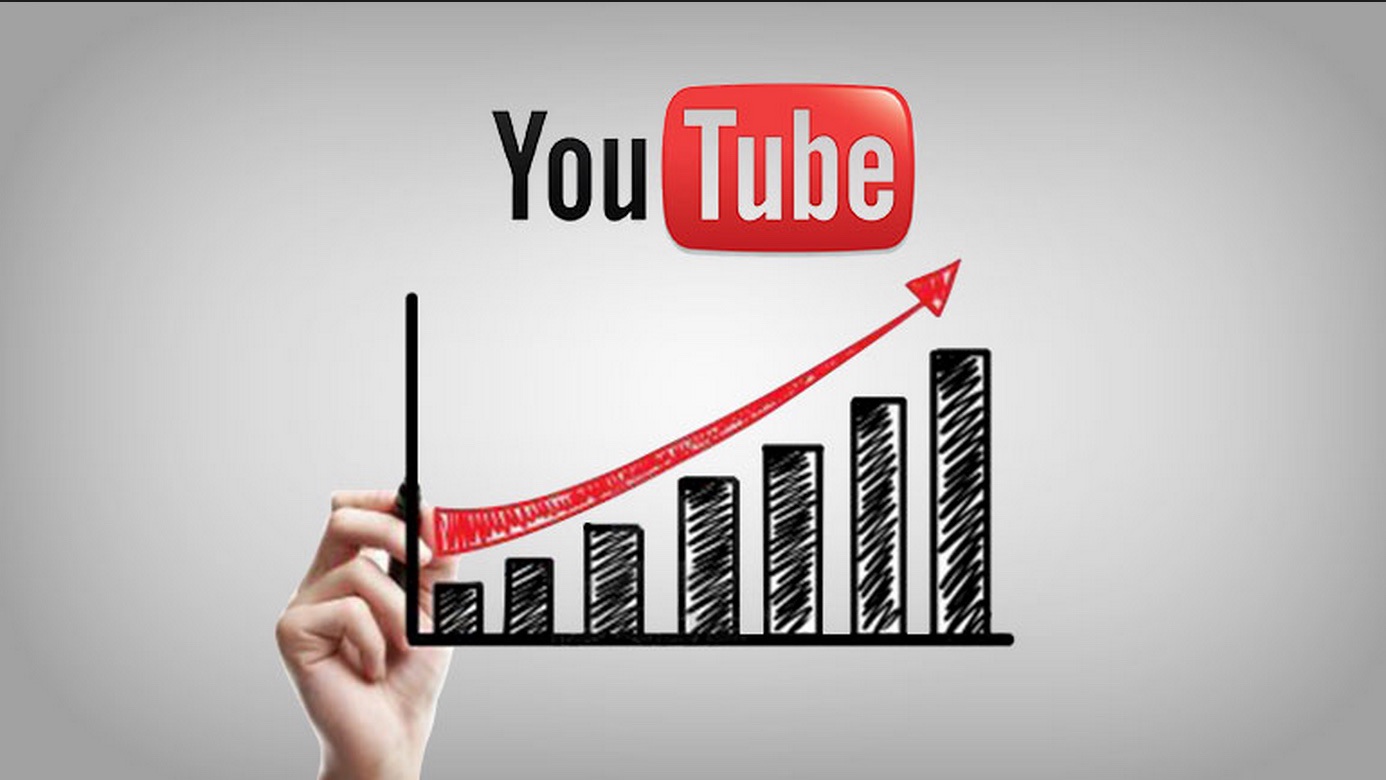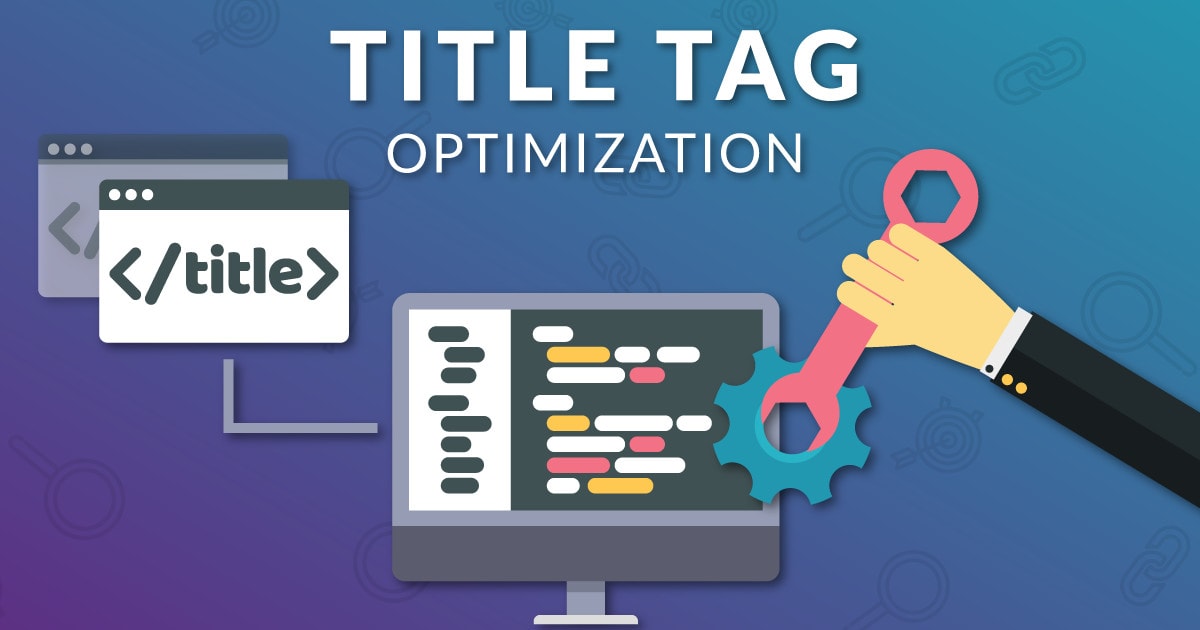Expert Tips on How to Optimize Your YouTube Channel Like a Pro
Expert Tips on How to Optimize Your YouTube Channel Like a Pro
There’s no denying that video marketing has become increasingly popular and accessible to brands in recent years. The best way to drive traffic and grow your YouTube audience is to build your video around a single topic or keyword. Marketers who are unfamiliar with SEO risk skipping this step when ranking videos, but it is critical to include it if you want your videos to receive the most viewers.
It’s likely that you are familiar with optimizing your website to increase its search engine optimization (SEO) and drive more traffic to your site, but you may not know that it’s just as important to optimize your YouTube channel in the same way. SEO Canada Company can show you how to optimize your YouTube channel like a pro, so that you will see an increase in views and subscribers, along with an increase in conversions on your site.
Follow these expert tips to learn how to optimize your YouTube channel like a pro!
-
Identify Target Keywords
What are your target keywords? Having clear, focused keywords is important when it comes to SEO. You want your page(s) and content to be optimized so that they get found easily by people looking for what you’re offering. It is critical to choose your keyword before creating your video content because it will help you construct the best information around that specific topic. It also reminds you to include your keyword naturally throughout the content so that YouTube can pick it up when closed captions are added. This is where focused keywords help to define the channel’s niche. Most importantly, they will assist YouTube in ranking the channel for more keywords.
-
Use channel keyword tags under Advanced Settings
Keywords are an easy way for search engines like Google to see what your channel is about. For example, if you upload a video about how to bake cupcakes with vanilla frosting, enter baking cupcakes as one of your keywords. Don’t go overboard—no need to stuff 100 keywords into your tags! Just use 5 or 6 relevant terms that accurately describe your video. Having more than one keyword tag per video can also be effective; just be sure each keyword is relevant and only used once in its respective tag. The words you use within your tags should also closely match what’s being said in your videos.
-
Create transcriptions and captions for the videos
To keep your videos from going unseen, it’s important to make sure that you also add transcribed and captioned versions. By adding in captions, you can better reach deaf or hard-of-hearing viewers who rely on written text as well as those with impaired hearing, who will be able to read your video’s dialogue without having audio. For SEO purposes, you should also include transcriptions of each video’s description page, which helps search engines index each video by its main keywords. This will increase how often your channel shows up for viewers searching for specific topics related to your content.
-
Putting YouTube SEO Into Practice (Title, Description, Language, Hashtags, and Thumbnail)
When optimizing your videos, there are five main areas you need to pay attention to title, description, tags, language, and thumbnails. All of these must be optimized in order for your videos to perform well. For example, if you have long titles that are poorly written with minimal or irrelevant tags that have low search volume – then no matter how high quality your content is, people aren’t going to find it! Here is some further insight into each area of optimization so you can put them into practice yourself.
-
Get Your Video Noticed by Viewers (Embedding Options)
Once you have finished creating your video and have published it online, take advantage of all embedding options available. This allows viewers to easily share your video across their social media channels which will help grow viewership as time goes on. As well as making sharing easier for viewers, embedding also makes sure that any embedded videos will be found by search engines such as Google and Bing which will increase rankings over time through better visibility within SERPs (Search Engine Results Pages). Embedding options vary depending on where you host your video but most popular sites such as YouTube offer easy-to-use functionality that doesn’t require much technical knowledge.
-
Include a Clear Call-To-Action (CTA)
While Google has made it clear that video SEO is now an important part of content creation, there are some things you can do to boost your results that you might not have thought of. If you’re an SEO company and want clients, include call-to-action links in your video description encouraging viewers to visit your site or even give you a call if they’d like help creating their own videos.
Although Google doesn’t offer official support for video SEO optimization beyond providing best practices on its website, many SEO experts believe it still plays a major role in ranking high among search engine listings. In fact, using professional optimization services such as those provided by SEO Company Canada may be one of your best bets for helping increase traffic to your channel – especially since Youtube tends to favour popular channels with frequently uploaded new videos.
-
Update Channel Tags (Keep a close eye on your analytics)
If you want your videos to rank, then you’re going to need backlinks and social shares. There are several ways that you can acquire these and one of them is by optimizing your channel tags. For example, if you have a cooking show, you could title each episode with something like Chicken Parmesan with Chef Ryan which will help visitors know what to expect when they click through. When it comes time for your viewers to share your content (which is crucial for rankings), they may be more likely to click through if they are familiar with what’s inside of your videos. Try adding keywords as channel tags—it just might make all of the difference!









